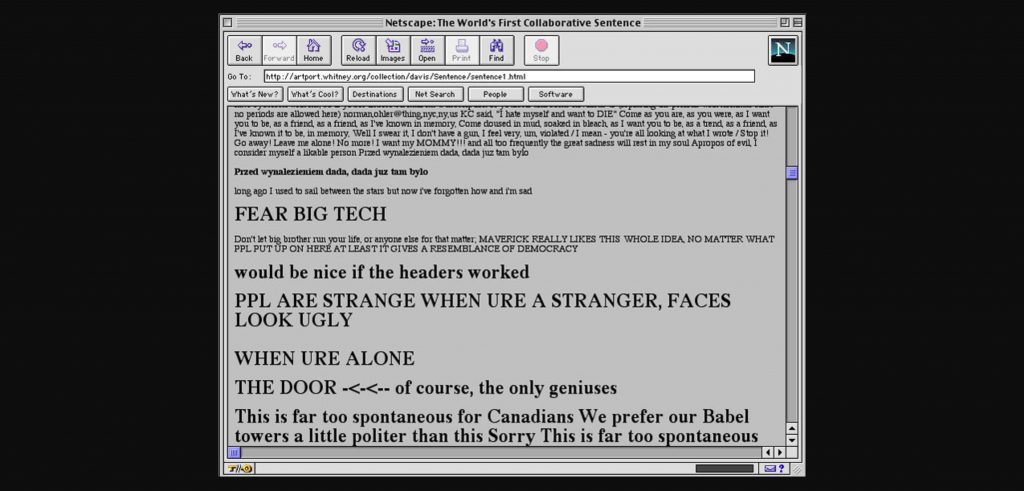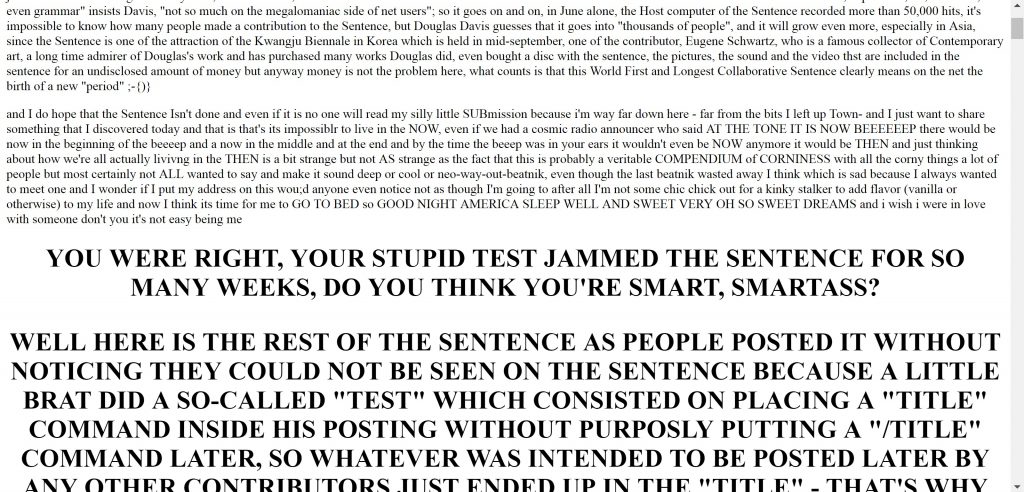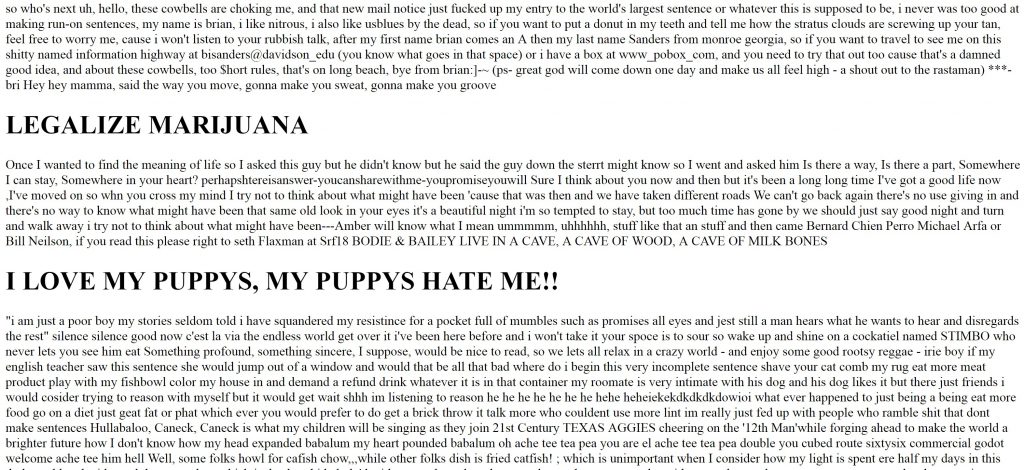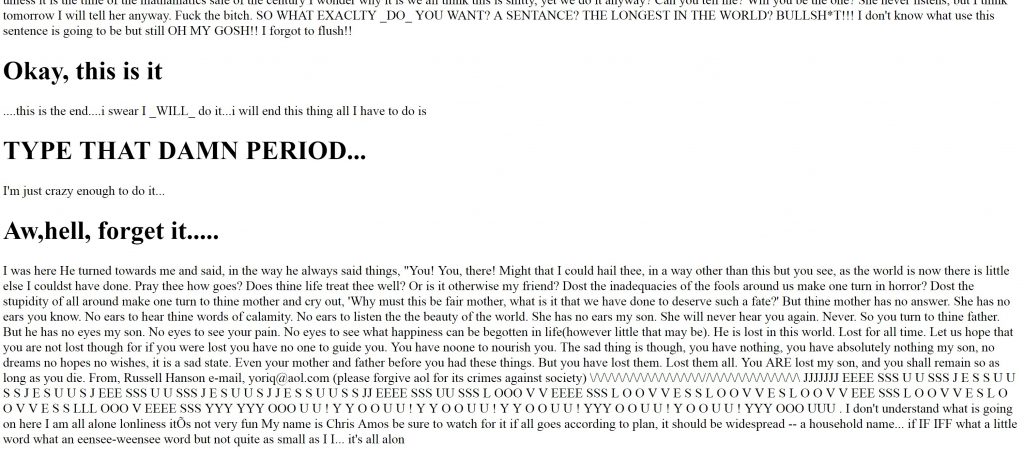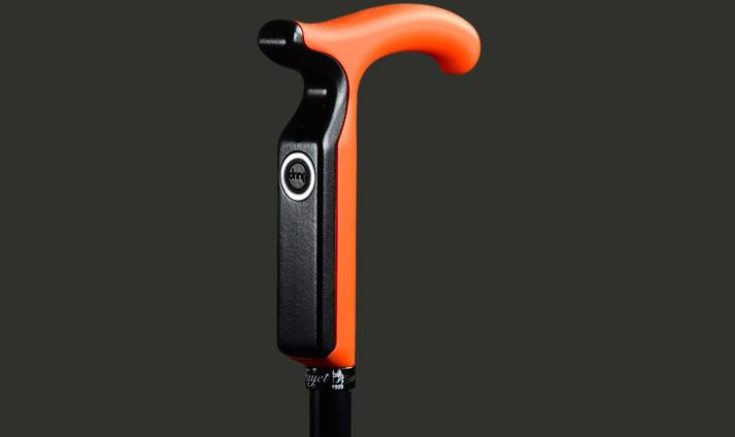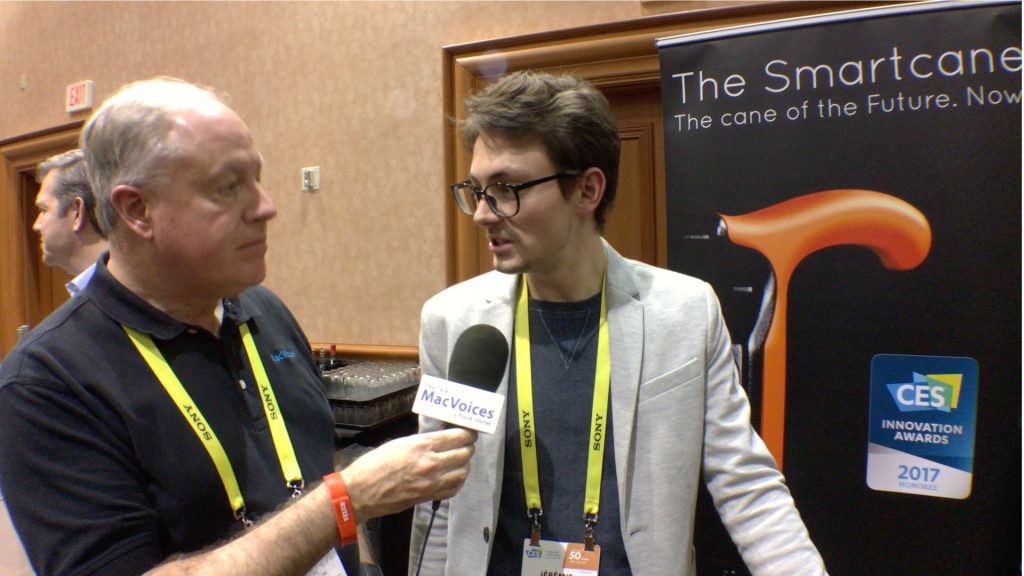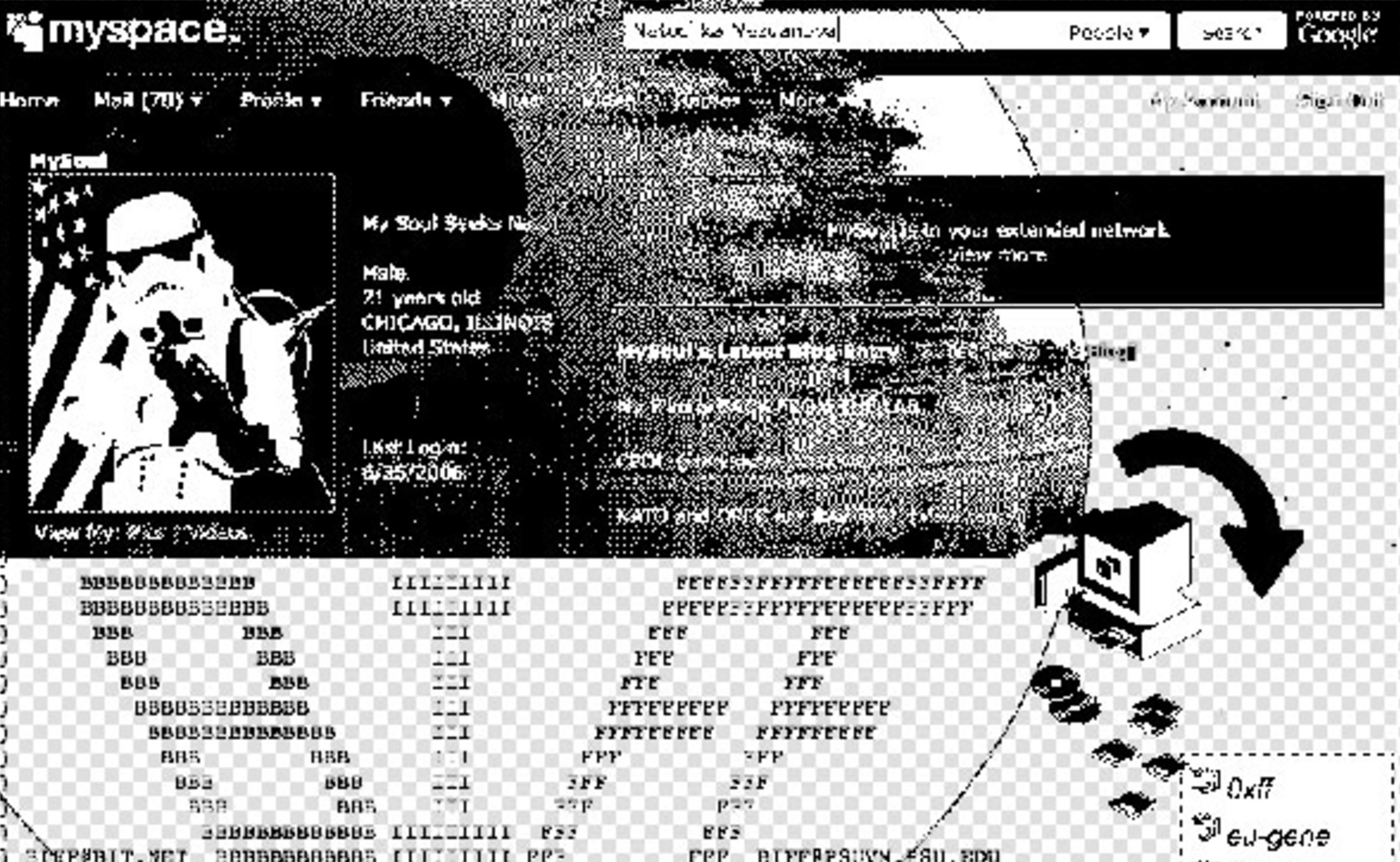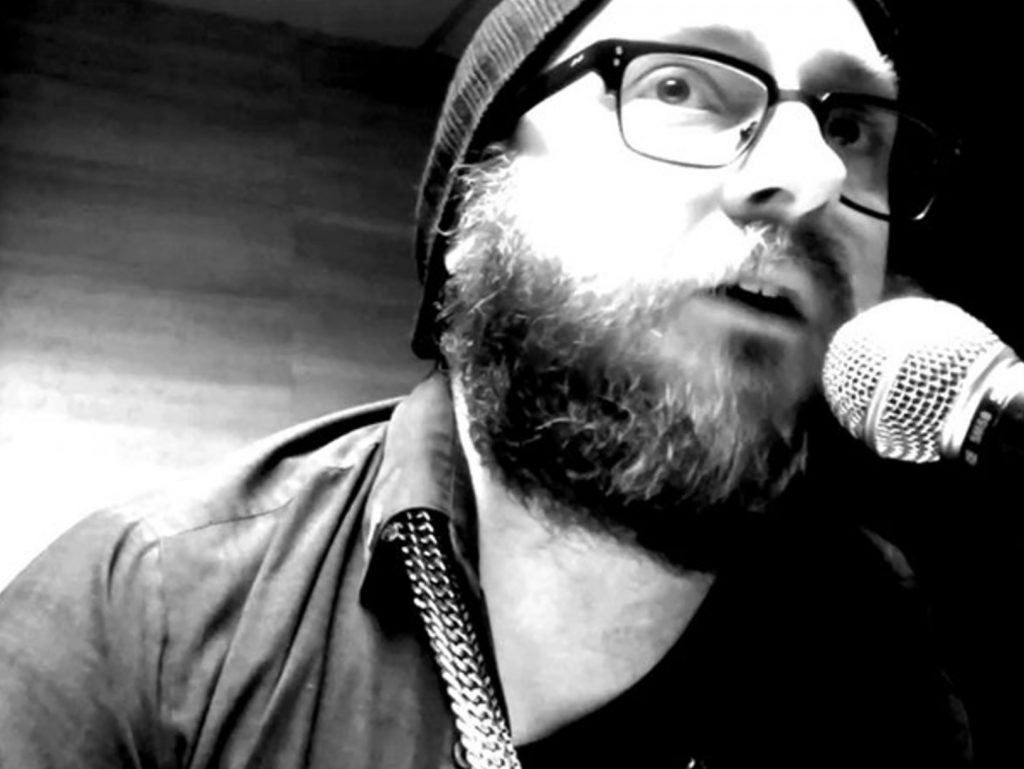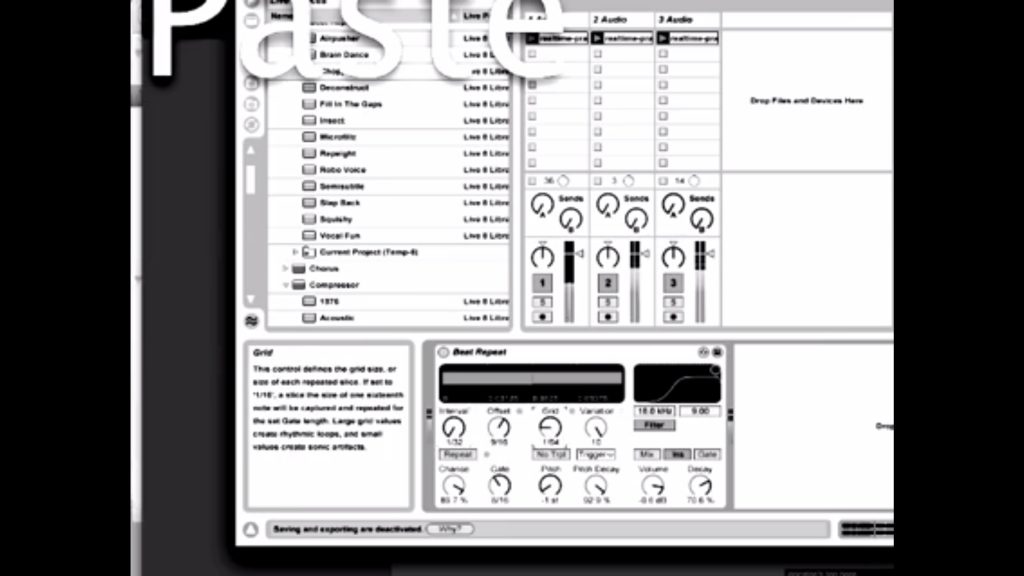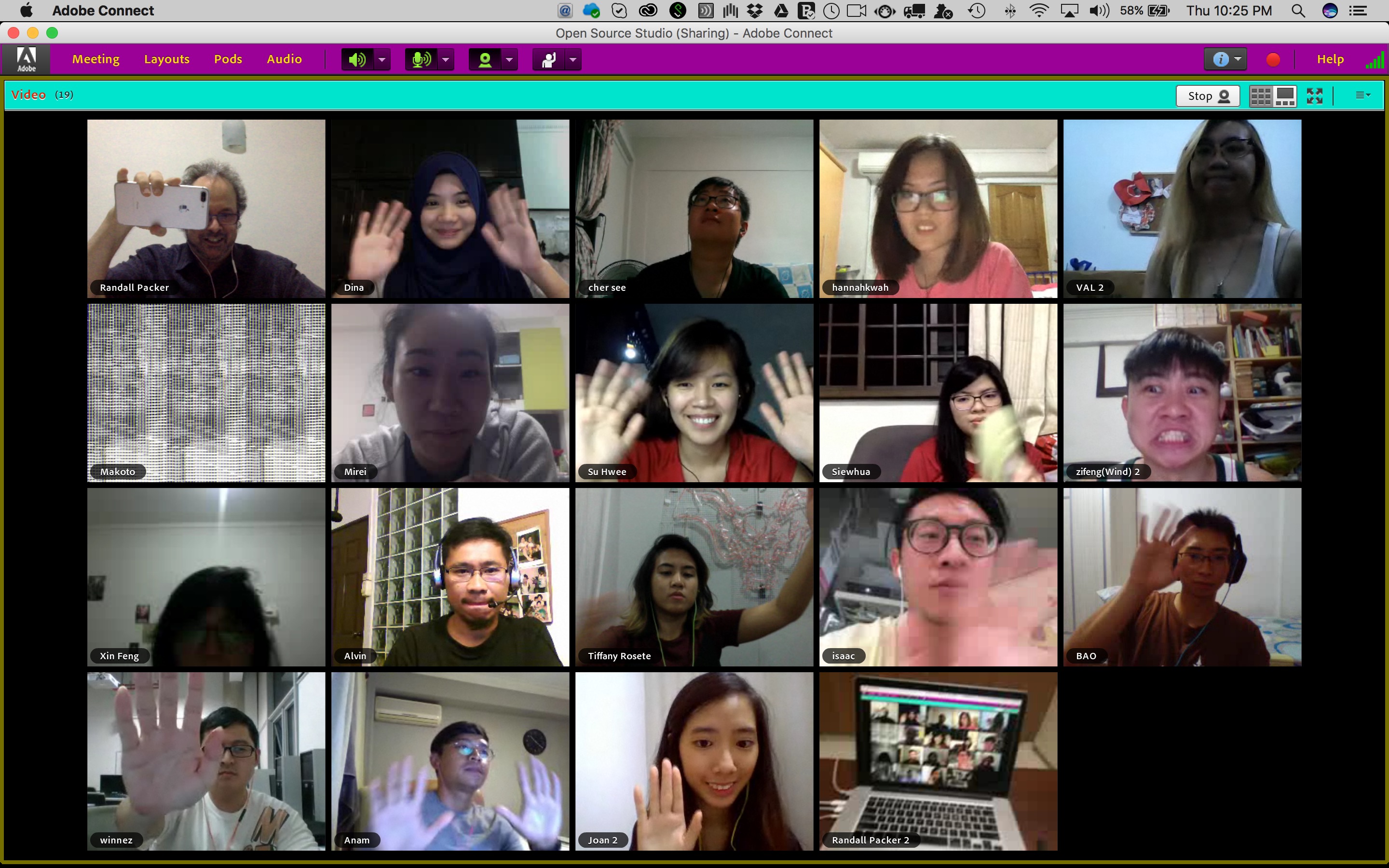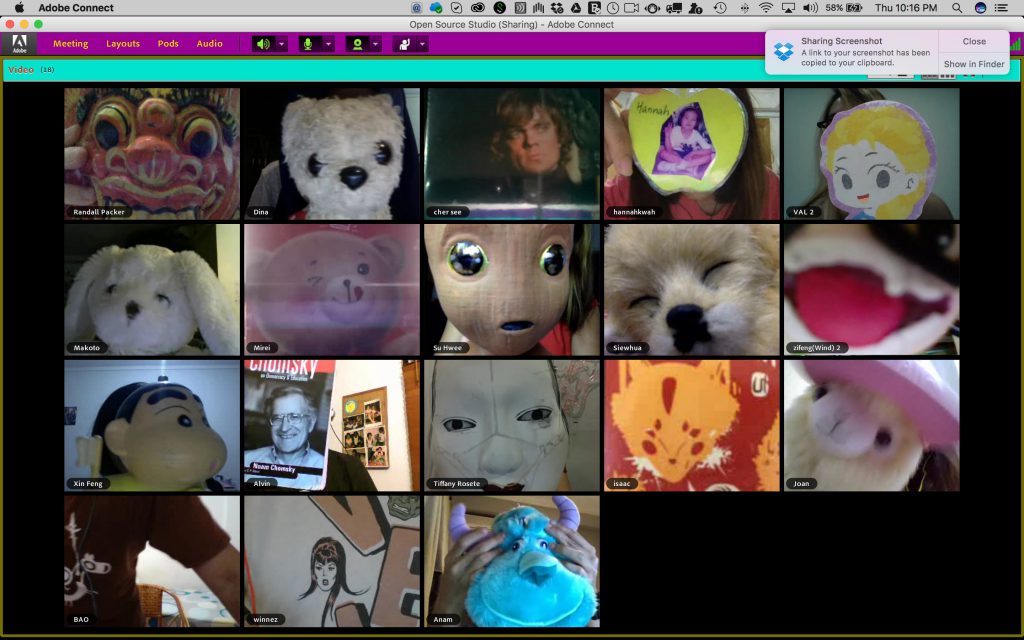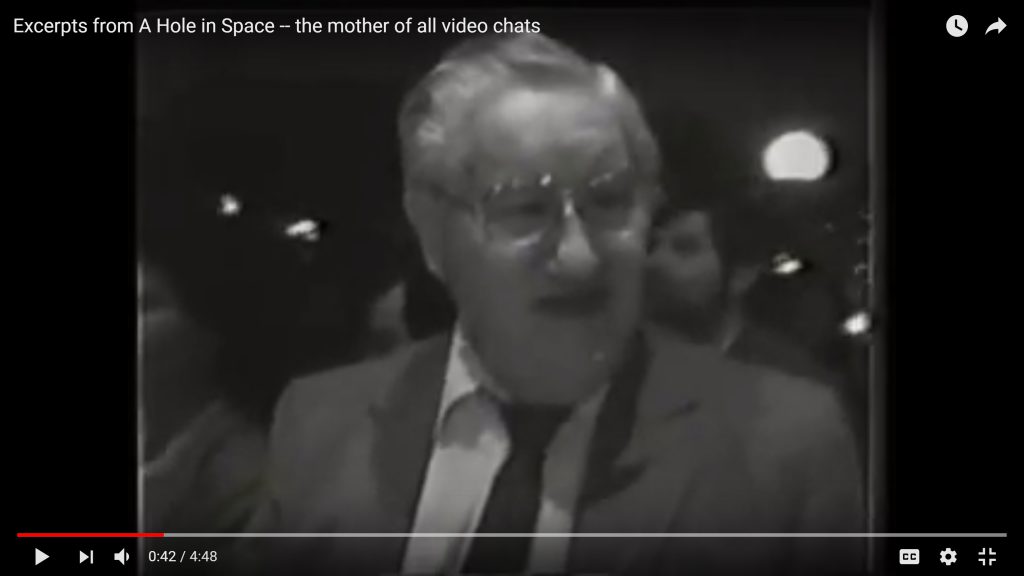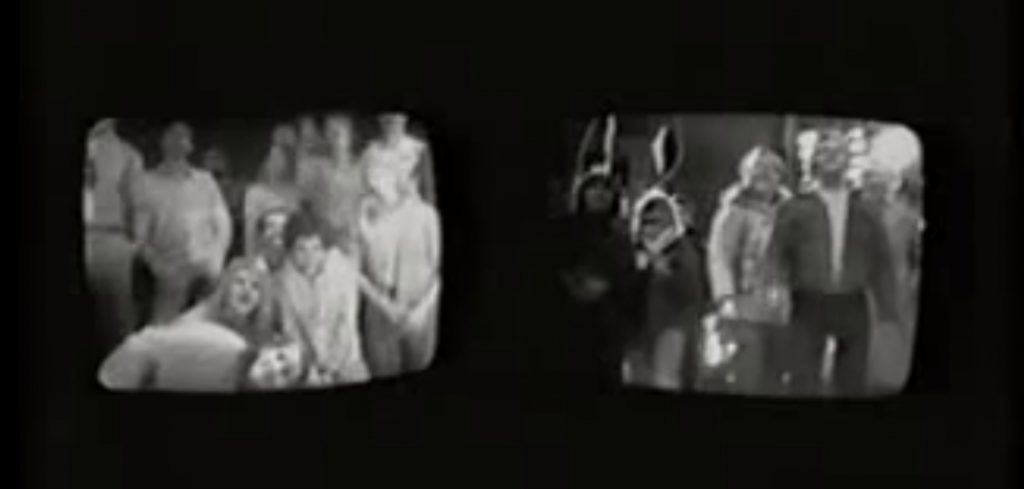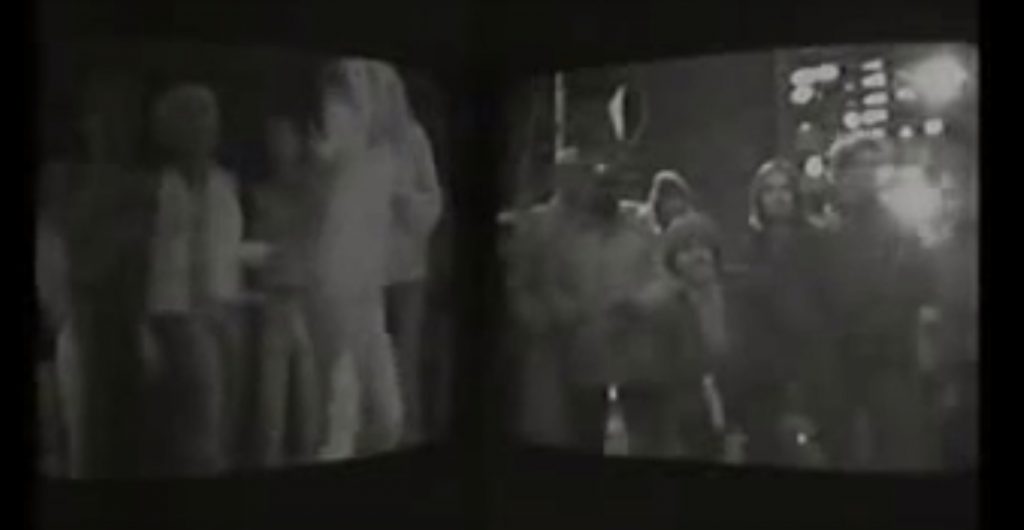Through this semester, we have reviewed the works of several video and media artists that contributed significantly in the revolution of media and the Internet. We learned about some of the key concepts that goes behind the creation of these works, and how they relate to the advancement of technology at the time. We also learned how media and technology is used as a tool to bring across important ideas, concepts and information from the artists.
“If there is one word that defines Electronic Café, it is integration: integration of technology into our social fabric; integration of distinct cultures and communities, the arts, and the general public; and integration of art forms.”
From “Welcome to Electronic Café International” (1992)
This statement not only applies to the Electronic Cafe, but also to all other media artists’ works. Their creations greatly integrated technology into society, and bring people together through it. Many of these artists, notably the Videofreex, Kit Galloway and Sherrie Rabinowitz, have produced works that greatly benefited the society and pushed the boundaries and functionality of media art.
The Videofreex (1969 – 1978) taught me about the beginning of social broadcasting, through their attempt to break tradition media that was corrupted at the time. They had the courage to challenge social norms and bring the truth out to the people through video recording and broadcasting. They gave a voice to ordinary people and took the very first step towards he individual broadcasting technology that we have today.
Kit Galloway and Sherrie Rabinowitz (1980s) taught me the importance of being experimental through their playful blend of physical forms in the third space. They created art forms and performances in the third space that involved people who are physically separated, from all around the world. They connected people in physical spaces that were far apart, creating a seamless two-way interaction between the two sides and provoking authentic, sincere responses.
Jon Cates (2012), on the other hand, has a rather unique approach towards technology. He sieves out glitches and imperfections in our daily technology, and embraces them. Cates has taught me to appreciate the process and complications behind technology that are not always perfect. He breaks apart all these errors and reassembles them, to create glitch art that becomes more beautiful the ‘dirtier’ it gets.
Douglas Davis (1994 – present) linked people of the internet together, allowing them to collaborate and communicate with each other on one platform despite being strangers. His interactive websites, such as a World’s Longest Sentence, provided the public with an anonymous platform to express themselves freely and enthusiastically. He presented an archive of people’s behaviour and attitude towards the internet on the third space, and content of speech over the years.
Interesting trend over the years in both the artists’ and the viewers’ approach towards the art work:
As technology advances and becomes more accessible, the medium gradually shifted from TV broadcasting to video performances to internet art.
Participants’ disbelief and genuine surprise gradually shifted to a more comfortable form of self-expression as they get used to the technology.
Personally, I found Videofreex the most interesting and relatable to us today, despite being the oldest compared to the other artists. Through an informal medium, they inform people about issues ranging from political situations to entertaining everyday-life snippets. This is strikingly similar to the uses of popular social media platforms that we have today, proving that they were indeed incredibly forward looking.
One quote that stuck with me was:
“We are all Videofreex.”
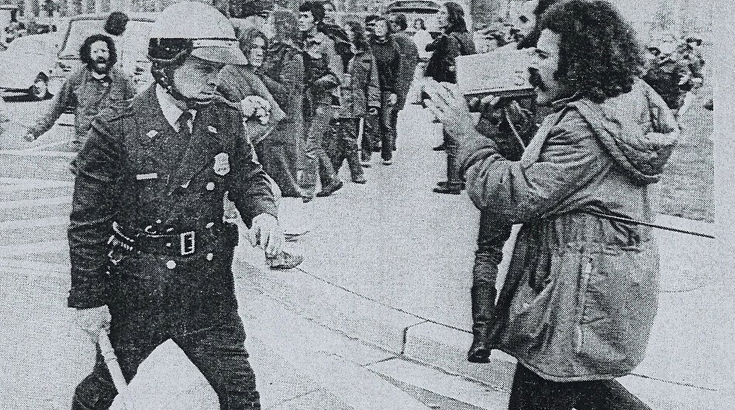

Social media content is constantly going viral, with everyone sharing their piece and perspectives with the world. What amazed me was not only their scope of their video work, but also their attempt at establishing a two-way communication. (E.g. Instagram Live with commenting function, Facebook sharing and likes) This is perhaps the social aspect of social broadcasting, the part that attracts people and really sets it apart from traditional TV broadcasting.
We also see similar and more complex ways of two-way communication in works like Telematic Dreaming and the Electronic Café International.
Assignments
The micro-projects throughout this semester also allowed me to explore different forms of concepts and self-expression through the media. It has pushed me out of my comfort zone, to experiment with internet art beyond the everyday activities on the computer. In the beginning, the idea of going live on social media was terrifying, and all I could think during my first live stream was how awkward I was behaving. However, after six weeks, I am able to approach live streams a little more comfortably and in a much calmer manner, and to focus more on the content created rather than how nervous I felt.
The desktop mise-en-scene and cross stream broadcasting were two of the most interesting micro-projects, perhaps due to the slightly more complex nature of it and how they seem to encompass previous assignments (real-time aggregation and video double) within them.
The Collective Body was also an eye-opening experience, as it increased my awareness of collective content on social media pages. I realised that collective bodies are everywhere, often unexpectedly; from newsfeeds to customised content to friend lists on social media.


Cross Stream Broadcasting (with Hannah)
For our cross stream, our goal was to explore various sources of water around the ADM building, and transport water between these places. Some of these locations include the sunken plaza, fountains, sprinklers, washrooms and water coolers from different levels. Influenced by Videofreex’s attempt at bring attention to certain issues through an informal broadcast, we wanted to document water-related issues and activities. Chemicals, no chemicals? For cleaning or for drinking? Water wastage, perhaps?
However, due to the weak connectivity when travelling between zones within the building, our footage was still choppy at some parts. Perhaps, this relates to the importance of good bandwidth, as emphasized by Kit Galloway and Sherrie Rabinowitz in A Hole in Space. In an attempt to increase the interactivity of the project through desktop mise-en-scene, I played around with the collage of underwater sponge bob gifs on the desktop, resizing and moving them according to the water flow. I also toggled between the layers of kaleidoscope effects and the video.




Conclusion
This module has truly pushed me out of my comfort zone and exposed me to important works affecting the evolution of technology. I have also learned about different ways of communication – one to many or many to many, and as we live in the third space today, the line between virtual and reality is blurred. I have become more aware of the abundance of technology around me and their potential beyond everyday communication and hopefully, I would be able to integrate these concepts and techniques into my future projects.














